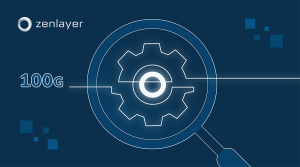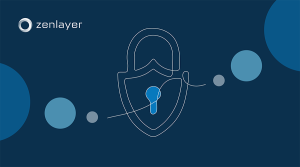
Managing cloud operations is expensive, but there are ways to lower the costs. Best practices in cloud management starts with the mindset of optimizing your resources. A well oiled machine runs better than an inefficient, high powered engine. There is an immediate benefit to reducing the amount of hardware on-site, which lowers ongoing maintenance costs. Here are five ways to lower the cost of cloud management:
1. Take Charge Of Assets
Would you buy more computers, servers, software and bandwidth than you need to run your business? No. All those extra resources would be a waste of money. The same applies when running your business in the cloud. Proper asset management is vital to reducing overall costs.
For instance, purchasing a server in a data center, but not customizing it to your needs is a waste. You could be paying for a server that’s twice as powerful as what you need. Even a change in hardware could reduce how many servers you need to store in a data center. Carefully manage your assets and you’ll quickly see what you do and don’t need, eliminating wasteful spending.
2. Reduce Cloud Traffic
Depending on the amount of data your business processes, you may be able to lower costs by using edge computing to compliment the cloud. This reduces the overall traffic and data storage in the cloud. Instead, utilize the processing power on the device, rather than your data center.
You’ll also get the benefit of faster data processing for your business and customers. For businesses that only process small amounts of data, this may not be as cost-effective. For data intensive businesses, edge computing helps you save money and increase performance.
3. Serverless Computing
Don’t let the name confuse you. Servers are still used in this computing model. However, businesses don’t actually pay for individual servers. Instead, they pay for functions. That’s also why some experts are calling this Functions as a Service (FaaS).
When a business needs to process a task, a function is triggered and the task is completed. Businesses only pay for each function triggered. Every function is set to only use the exact amount of resources, reducing waste. It’s the latest trend in cloud computing, and it has significant potential to reduce cost.
4. Use A Cloud Management Platform
Do you know the individual costs associated with your cloud usage? If your billing doesn’t include an itemized report, it’s impossible to know if you’re maximizing your resources (or if they’re active at all). These zombies (abandoned resources) are like an anchor to your ship. Use it or lose it.
This is where cloud management platforms are useful. They’re also called cloud cost management and cloud spending management tools. They’re designed to help you create detailed reports that point out what you’re spending versus what you’re using.
5. Split Demand
Cloud platforms aren’t an all or nothing type of situation. For instance, most businesses utilizing the cloud also run at least a small part of their business on-site. They might have special software that’s must be installed locally versus in the cloud.
This approach works well for splitting up demand in the cloud. For example, you don’t have to run your entire business at the same pricing tier or with the same resources. In fact, it could be much more cost effective to split low demand software and tasks to a lower priced server that uses fewer resources. After all, if only 10 employees out of a 1,000 use a specific type of software, you don’t need a high end server for those 10.
When you’re able to split into high and low demand servers, you reduce overall bandwidth, storage and traffic costs. You may be paying for two instances, but one is much cheaper and you’re reducing the usage on the high demand server.
Interested in lower your cloud management costs? Find out more about how Zenlayer helps you to create custom solutions that reduce your IT costs.






